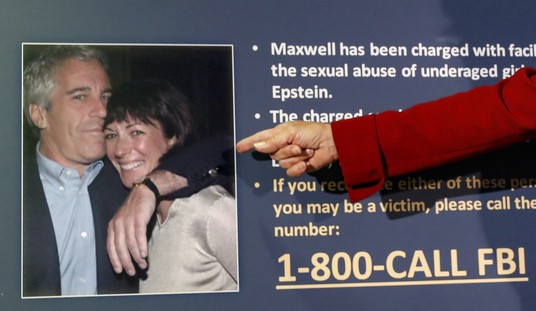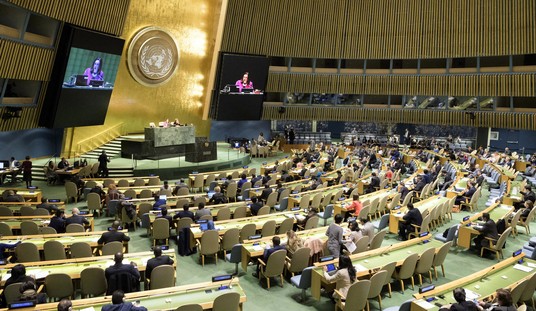The Supreme Court gets back to work this week and they’ve got a full plate in front of them, to say the least. Ryan Anderson had a provocative op-ed in the New York Post this weekend focusing on one of the cases they are hearing that could potentially shake up the ongoing debates over transgender identity in this country. It’s the case of Harris Funeral Homes v. Equal Employment Opportunity Commission and I’ve written about this one several times over the past year.
In case you’ve missed it thus far, the case deals with Aimee (formerly Anthony) Stephens. For more than half a decade, Stephens worked for the funeral home as a man before announcing that he would henceforth be “identifying” as a woman and dressing like one at work. After much deliberation and discussion, the funeral home determined they couldn’t allow this and he was terminated. This led us to the lawsuit the Supremes will now be considering.
Anderson attempts to cut through the social justice talking points and dig down to what might be the key question. Is the Supreme Court ready to embrace reality and settle this question once and for all? After all, the Civil Rights Act of 1964 bans discrimination based on sex, so the funeral home couldn’t employ only men (or women) as funeral directors based on nothing more than that criteria. But at the same time, the Supreme Court has ruled on this question before and determined that the Constitution “requires neither asexuality nor androgyny,” to meet this bar.
That’s why bans on sex discrimination didn’t abolish sex-specific private facilities (like bathrooms), sex-specific fitness standards (for police and firefighters) or sex-specific athletic competitions (like the NBA and WNBA). After all, sex-specific bathrooms, fitness standards and sports leagues don’t disfavor men or women. On the contrary, they prevent disadvantageous treatment.
Forcing women to undress in locker rooms with men or to compete athletically against competitors with male muscle mass and stamina wouldn’t respect equality but undermine it.
Justice Ruth Bader Ginsburg took this point for granted when she wrote the high court’s majority opinion instructing the all-male Virginia Military Institute to become co-ed. She noted that going co-ed “would undoubtedly require alterations necessary to afford members of each sex privacy from the other sex in living arrangements.”
Anderson’s research is thorough and he brings up a number of valid points. Even some of the most liberal justices on the bench have gone on record in relatively recent times as recognizing the fundamental differences between men and women. They’ve also spoken to the privacy issues involved in reasonable ways. But now they’re being asked to fundamentally reshape the definitions of words including sex, male and female. As Anderson points out, blurring these lines to appease a radical theory being embraced by social justice warriors is harmful to actual women, particularly in competitive environments (such as sports) or where privacy issues are concerned.
While the author makes a good case, as I’ve said here before I’m not at all hopeful that the Supremes are ready to tackle this subject. And Harris Funeral Homes v. EEOC offers the justices the perfect escape hatch to avoid taking a stand on the underlying questions of sex versus gender. The court has been notoriously shy about tackling weighty social issues like this, the same way they’ve been steering clear of sticky Second Amendment cases.
The complaint brought by Aimee Stephens offers the court the chance to deliver an extremely narrow judgment, boiling the case down to one of simply workplace discrimination based entirely on a dress code. They don’t need to decide if the funeral home could fire someone based on being either a man or a woman. That’s already settled law. They can’t. And they don’t even have to define whether or not Stephens is a man or a woman. (A decision I predict they very much won’t want to make.)
Instead, they could simply choose to decide whether or not the employer could fire the funeral director for wearing a professional “skirt suit” usually worn by ladies rather than the dress suit typically worn to the office by males. And I get the sense (based on previous workplace dress code decisions) that the EEOC will carry the day on that question. Then, no matter how narrowly they tailored their decision, transgender activists will hoist Stephens upon their shoulders and declare the ruling a great victory for transgender rights.
I’d love to be wrong about this one and perhaps I will. But it seems highly unlikely.








Join the conversation as a VIP Member